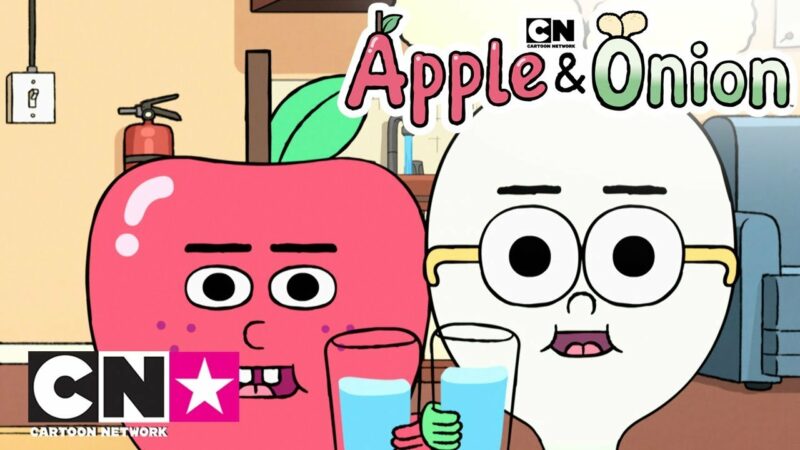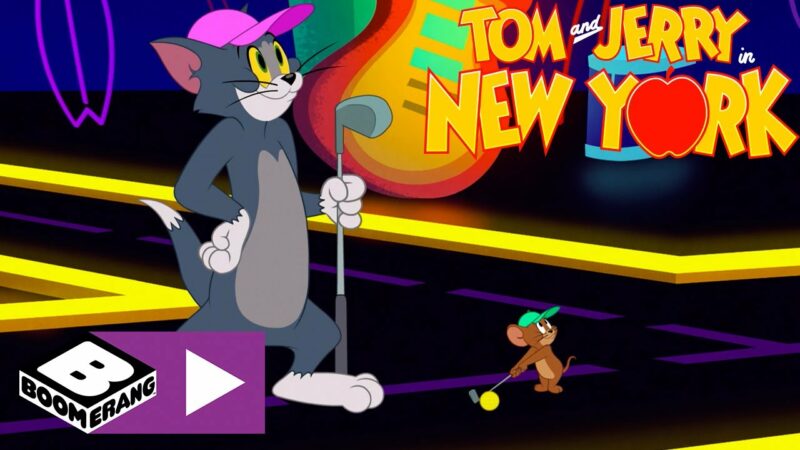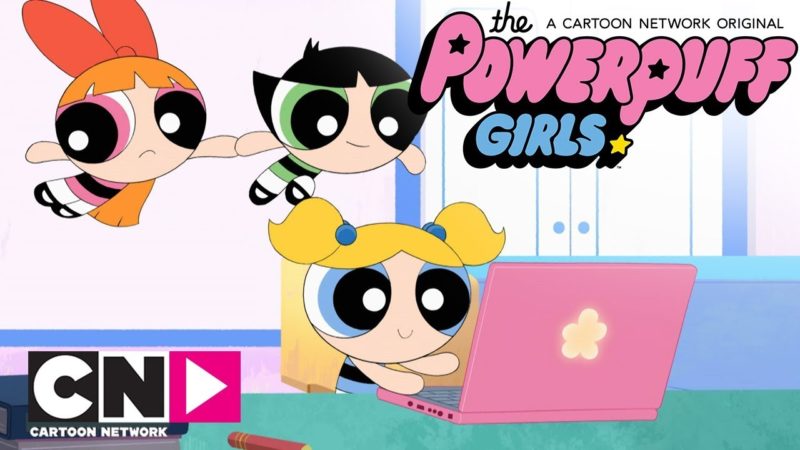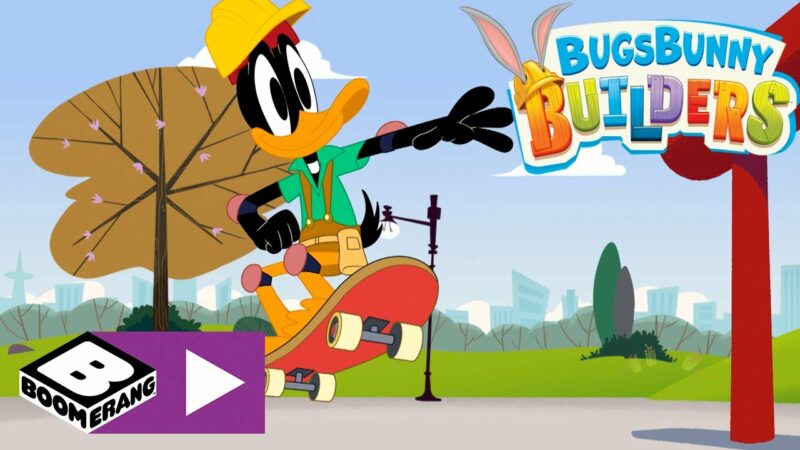The Three Caballeros – the 1944 Disney animated film
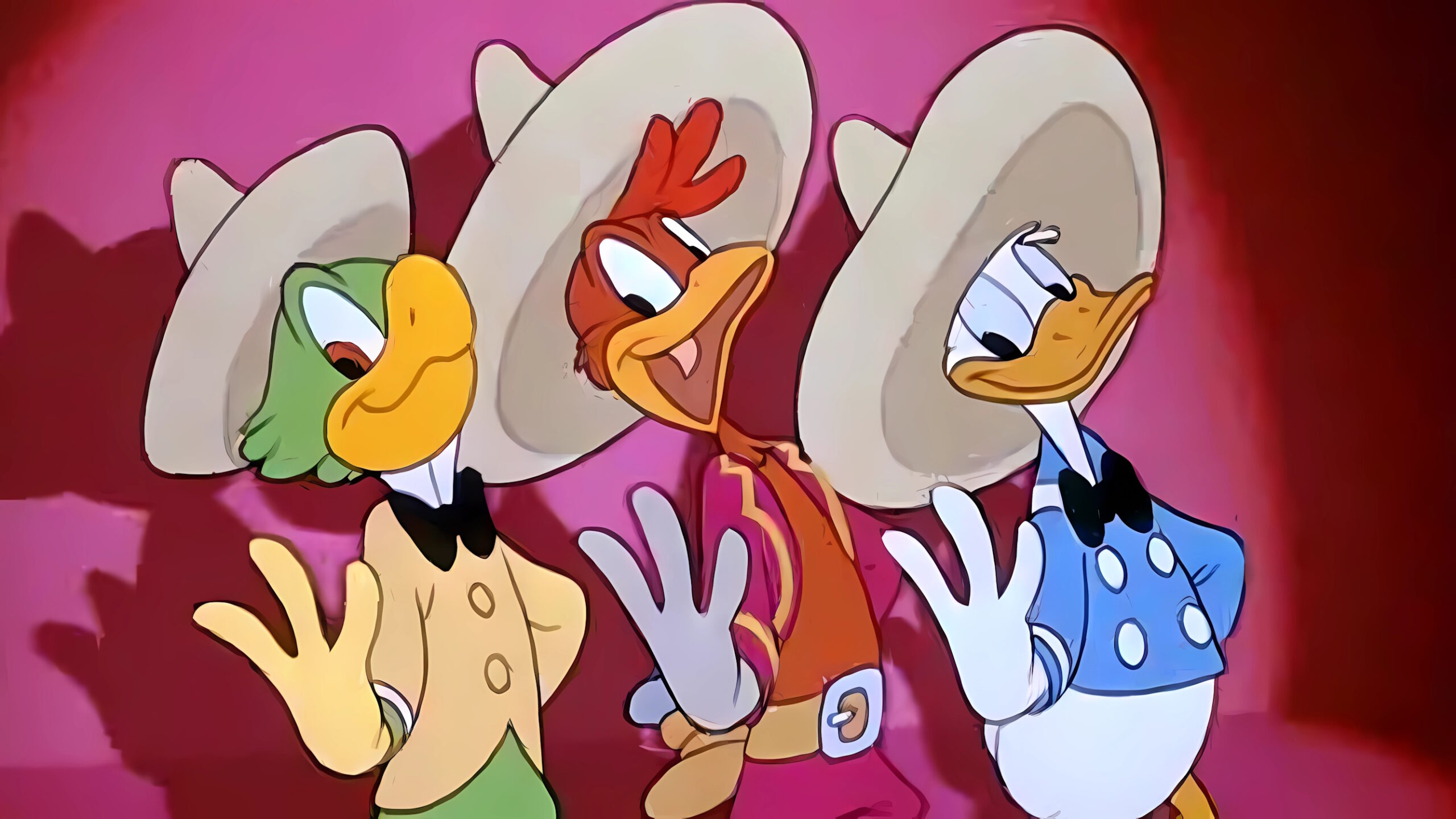
In the golden age of cinematography, a film managed to break the mold, combining animation with reality and proposing a fantastic journey through Latin America. We are talking about "The Three Caballeros", produced in 1944 by Walt Disney and distributed by RKO Radio Pictures. A masterpiece that celebrates the tenth appearance of Donald Duck on the big screen and which marks a crucial moment in the evolution of animated cinema.
An Innovative Mix of Genres
“The Three Caballeros” is a bold and futuristic blend of live-action and animation, an alchemy that at the time represented a real revolution in the cinematographic field. Released as Disney's seventh animated feature film, the film is divided into autonomous segments, connected by the common thread of Donald Duck (Donald Duck) opening birthday presents from his Latin American friends.
A Musical and Colorful Journey
When we think of Donald Duck, we think of the comical and often unpredictable adventures he encounters. But in this film, Donald does something completely different: he travels through various parts of Latin America, from Brazil to Mexico. He is joined by old and new friends such as José Carioca, the cigar-smoking Brazilian parrot who had already made his appearance in "Saludos Amigos", and Panchito Pistoles, a Mexican rooster armed with a gun.
Latin Stars in the Disney Sky
The film is enriched by the presence of stars of the caliber of Aurora Miranda, Dora Luz and Carmen Molina, true Latin American icons of the time. Their contribution adds a new dimension to the film, making it a sort of cultural and artistic meeting between different worlds.
A Message of Goodwill
Beyond the technical innovation and the enchanted journey between Latin American countries, the film also positioned itself as a vehicle of goodwill towards Latin America. Produced during a particular historical period, the film sought to bring the United States closer culturally and politically to the countries of South America.
A legacy that still lives on
Since 1944, many things have changed in the world of animation, but the legacy of “The Three Caballeros” remains intact. It represents not only a point of reference in the field of cinematic innovation, but also a sincere attempt to build bridges between different cultures through art and music.
History
In the year in which Donald Duck celebrates his tenth anniversary, Disney gives us a film that is a timeless classic of animation: “The Three Caballeros”.
Donald Duck's Birthday and His Incredible Gifts
The plot focuses on Donald Duck's birthday, a festive event that takes place on a particular day: Friday the 13th. The most famous duck in the world receives three gifts from his friends in Latin America. The first is a film projector that shows a documentary on birds, “Aves Raras”, featuring the Aracuan, a bird with eccentric characteristics. The Aracuan, in fact, makes multiple appearances throughout the film, entertaining and annoying the characters with his unpredictable actions.
A Magical Book and a Trip to Brazil
The second gift comes from José Carioca, an elegant parrot, who gives Donald Duck a book about Bahia, one of the 26 states of Brazil. Using a little magic, José and Donald Duck shrink and immerse themselves in the book, discovering the vibrancy of Brazilian culture. Here they meet some local inhabitants, engaged in samba dances. Donald Duck is captured by the charm of a girl, the sweets seller Yaya, played by singer Aurora Miranda.
Mexican Adventure and the Ultimate Gift
Returning to their normal size, Donald Duck opens his third and final present. It is here that he meets Panchito Pistoles, an anthropomorphic rooster originally from Mexico. The three characters band together under the name “The Three Caballeros” and try their hand at breaking a piñata, another gift from Panchito. The celebration culminates in a spectacular display of fireworks forming a bull, with Donald being shot into the air and landing alongside his new friends.
The Unforgettable Episodes
- The Cold-Blooded Penguin: This segment tells the adventures of Pablo, a penguin who abandons the South Pole in search of warmer climates.
- The Flying Gauchito: A boy from Argentina and his winged donkey Burrito experience a series of unforgettable adventures.
- A Trip to Bahia: A fascinating journey through Salvador, the capital of the Brazilian state of Bahia.
- The inns: A traditional Mexican celebration of Christmas.
- Mexico: Pátzcuaro, Veracruz and Acapulco: An aerial tour of Mexico in a flying sarape, learning traditional songs and dances.
- You Belong to My Heart: Donald Duck falls madly in love with a singer as the sky over Mexico City lights up.
- Donald Duck's Surreal Reveries: A psychedelic and kaleidoscopic journey into Donald Duck's fantasies.
In the cinematographic panorama, few soundtracks manage to unite different cultures and traditions in a single, fascinating musical experience. “The Three Caballeros,” a 1944 Walt Disney classic, does just that, incorporating sonic elements ranging from Mexican folklore to Brazilian music. In this article, we'll dive into the film's rich musical landscape, exploring the origins and importance of each individual track.
A Trio of Composers
The original soundtrack was composed by a trio of talented musicians: Edward H. Plumb, Paul J. Smith and Charles Wolcott. Their ability to blend different musical styles has made this film an immortal classic.
The Three Caballeros: A Homage to Manuel Esperón
The title track, “The Three Caballeros,” has the melody based on “Ay, Jalisco, no te rajes!”, an iconic Mexican song. Manuel Esperón, the original composer, was personally contacted by Walt Disney to include this track in the film, with new English lyrics by Ray Gilbert.
The Charm of Bahia
“Bahia” is another highlight of the soundtrack, based on the Brazilian song “Na Baixa do Sapateiro” by Ary Barroso. The piece captures the essence and rhythm of Brazilian culture, enriching the narrative and providing a musical context for Donald Duck and company's adventure.
Brazilian and Mexican voices
“Have you ever been to Bahia?” and “Os Quinns de Yaya” are original Brazilian songs that were adapted for the film. Likewise, “Mexico”, composed by Charles Wolcott, is a tribute to Mexican folklore and represents the only completely original piece on the soundtrack.
Instrumental Pieces and Licenses
The film also contains several instrumental tracks, such as “Pandeiro & Flute,” which, according to Disney archivist emeritus Dave Smith, may not have been composed specifically for the film. Other instrumental pieces like “Jesusita en Chihuahua” and “Sobre las olas” add further cultural nuances.
Conclusion: A Universal Musical Heritage
The soundtrack of “The Three Caballeros” is a perfect example of how music can be a bridge between different cultures. Each track represents a piece in a larger mosaic of sounds and meanings, which continues to be enjoyed by generations of listeners.
Data Sheet
General informations
- Original title: The Three Caballeros
- Original language: English, Spanish, Portuguese
- Country of Production: United States of America
- Year: 1944
- Duration: 71 minutes
- Report: 1,37:1
- Gender: Animation, Comedy, Fantasy, Musical
Production
- Directed by:
- Supervising Director: Norman Ferguson
- Director Sequences: Clyde Geronimi, Jack Kinney, Bill Roberts, Harold Young
- Film script: Homer Brightman, Ernest Terrazas, Ted Sears, Bill Peet, Ralph Wright, Elmer Plummer, Roy Williams, William Cotrell, Del Connell, James Bodrero
- Producer: Walt Disney
- Production House: Walt Disney Productions
- Distribution in Italian: RKO Radio Films
Apparel
- Photographs: Ray Rennahan
- Mounting: Donald Halliday
- Special effects: Ub Iwerks, Joshua Meador, George Rowley, Edwin Aardal, John McManus
- Music: Charles Wolcott, Edward H. Plumb, Paul J. Smith
- Scenography:
- Live Action: Richard Irvine
- Animators: Don Da Gradi, Yale Gracey, Hugh Hennesy, Herbert Ryman, McLaren Stewart, John Hench, Charles Philippi
- Art Director: Mary Blair, Ken Anderson, Robert Cormack
- Animators: Ward Kimball, Fred Moore, Eric Larson, John Lounsbery, Les Clark, Milt Kahl, Hal King, Bill Justice, Frank Thomas, Ollie Johnston, Harvey Toombs, Milt Neil, Bob Carlson, Marvin Woodward, John Sibley, Don Patterson
- Wallpapers: Al Dempster, Art Riley, Ray Huffine, Don Douglass, Claude Coats
cast
Interpreters and Characters
- Aurora Miranda: Yaya
- Carmen Molina: herself
- Dora Luz: herself
- Trio Calaveras: himself
- Mexican Players: themselves
Original voice actors
- Sterling Holloway: Professor Holloway
- Clarence Nash: Paperino
- José Oliveira: José Carioca
- Joaquin Garay: Panchito Pistoles
- Frank Graham: narrator
- Fred Shields: old gaucho
Italian voice actors
- Stefano Sibaldi: Professor Holloway
- Clarence Nash: Paperino
- José Oliveira: José Carioca
- Felipe Turich: Panchito Pistoles
- Giulio Panicali: Panchito Pistoles (Las Posadas)
- Emilio Cigoli: narrator
- Olinto Cristina: old gaucho

